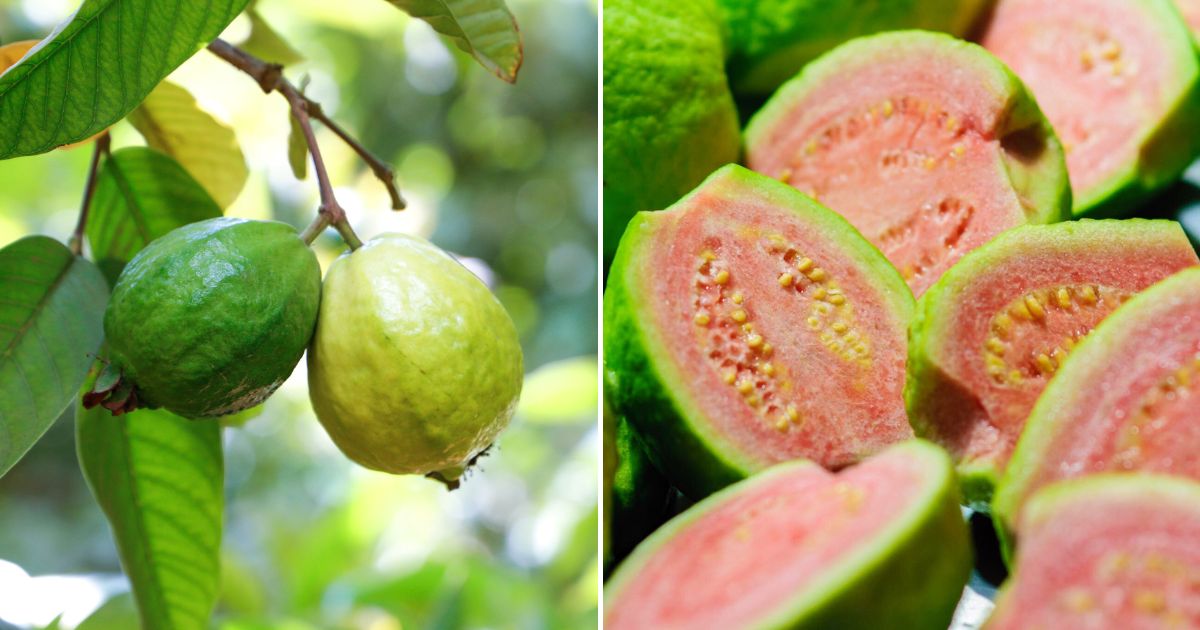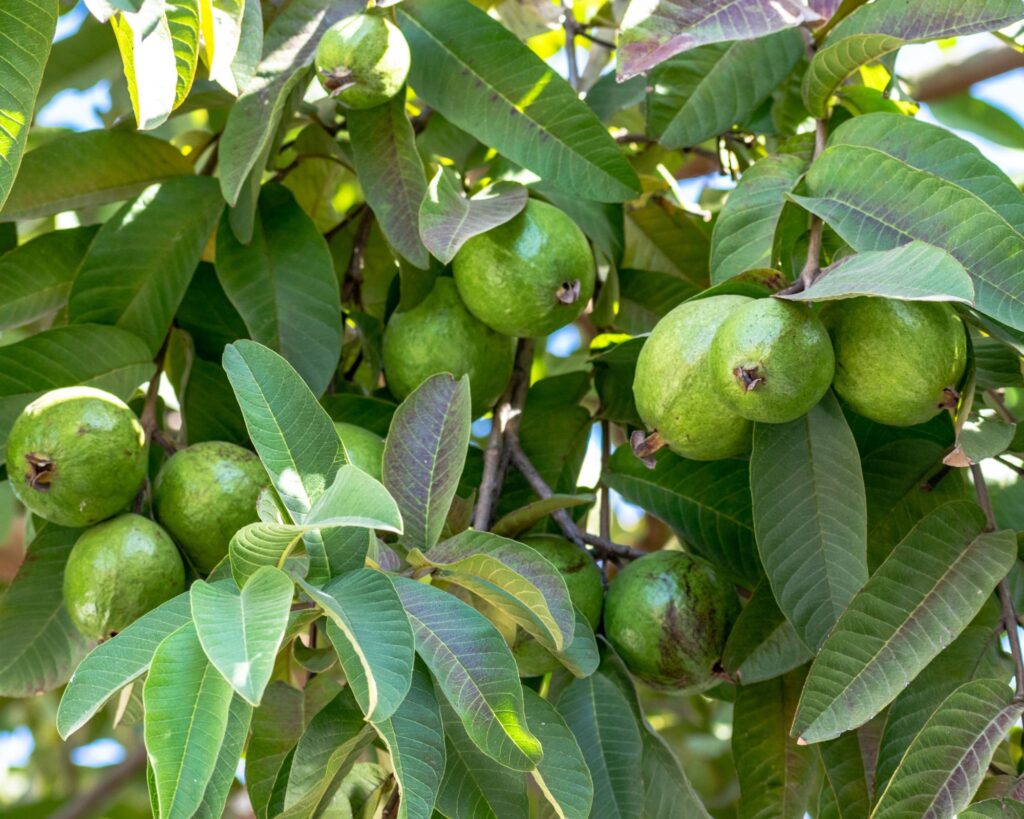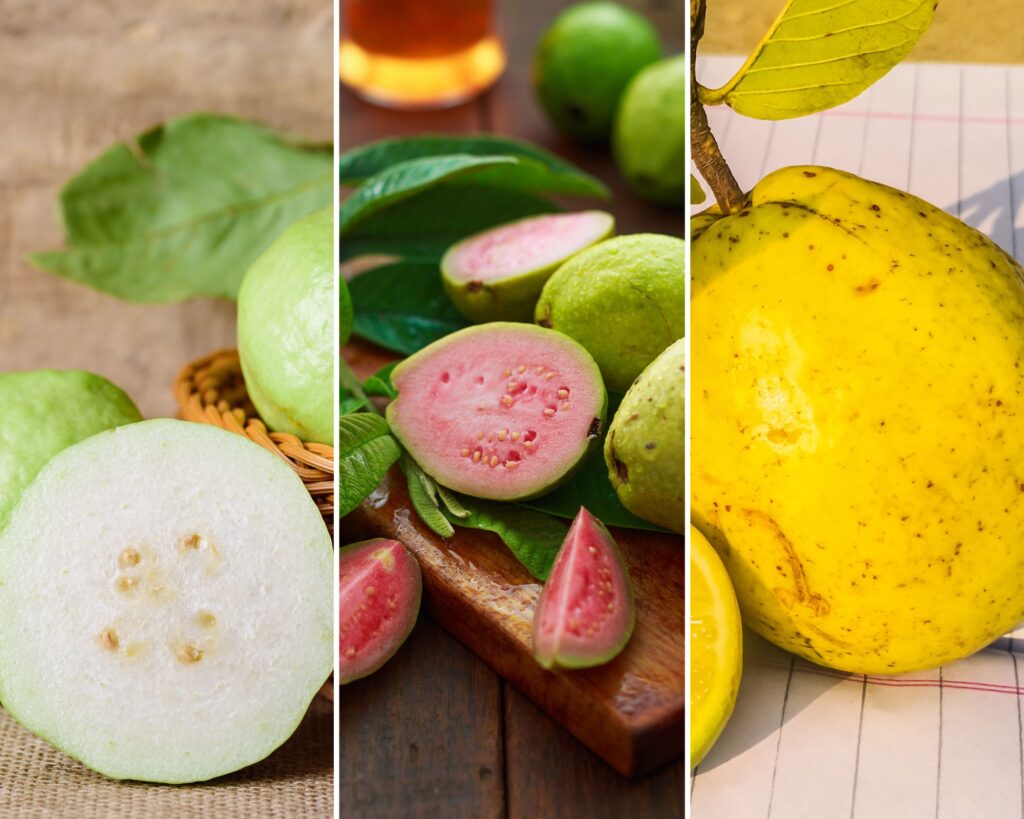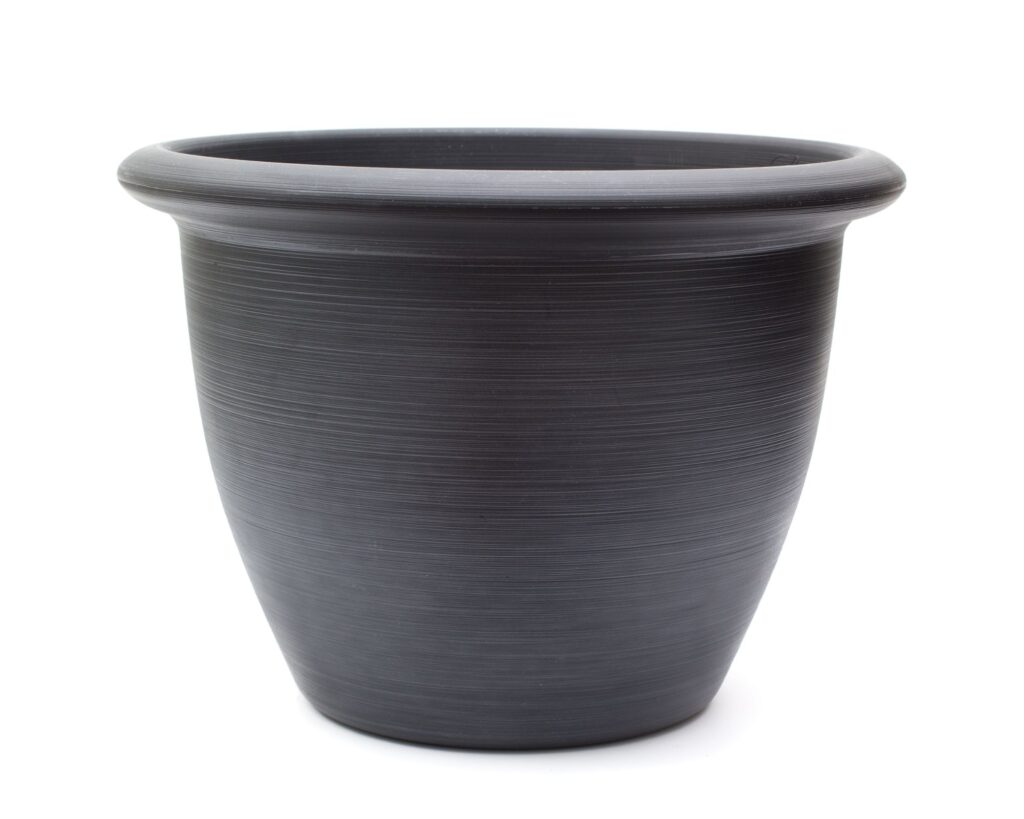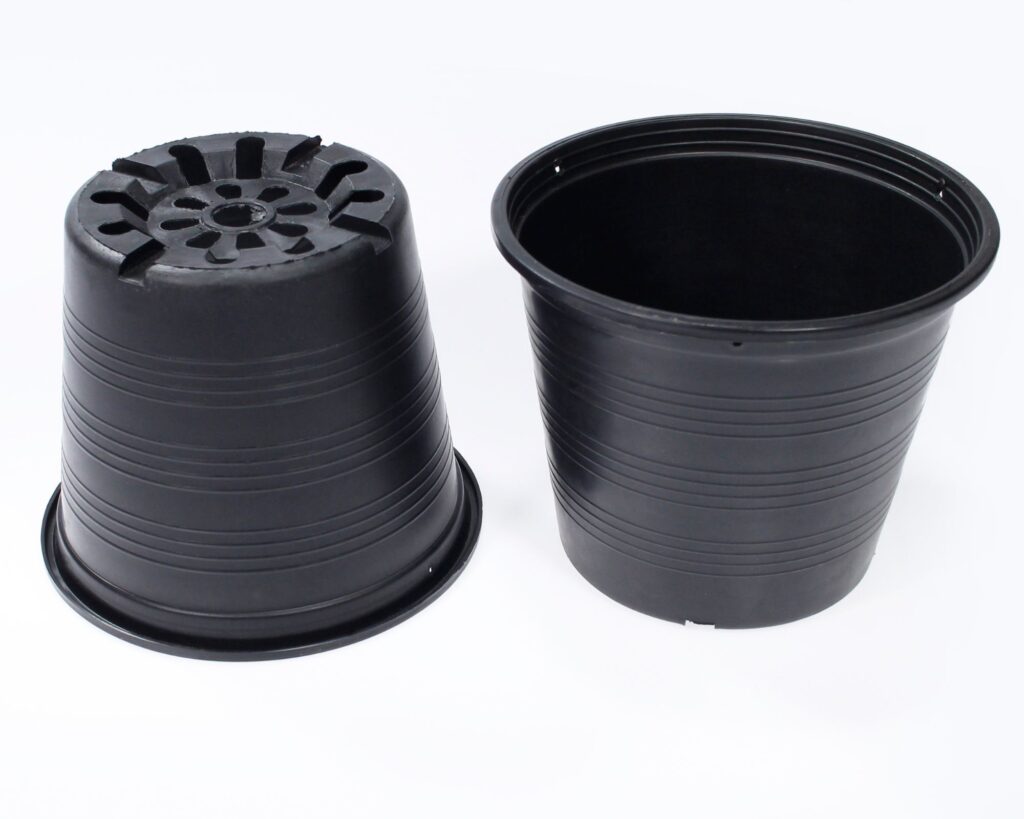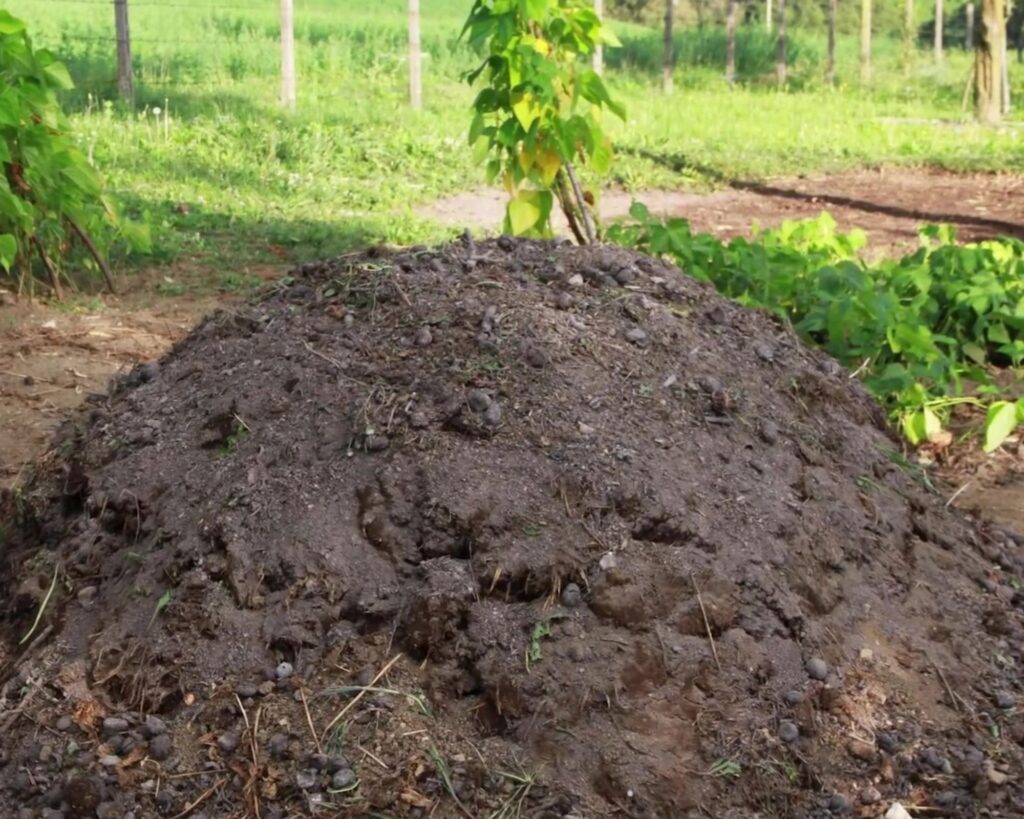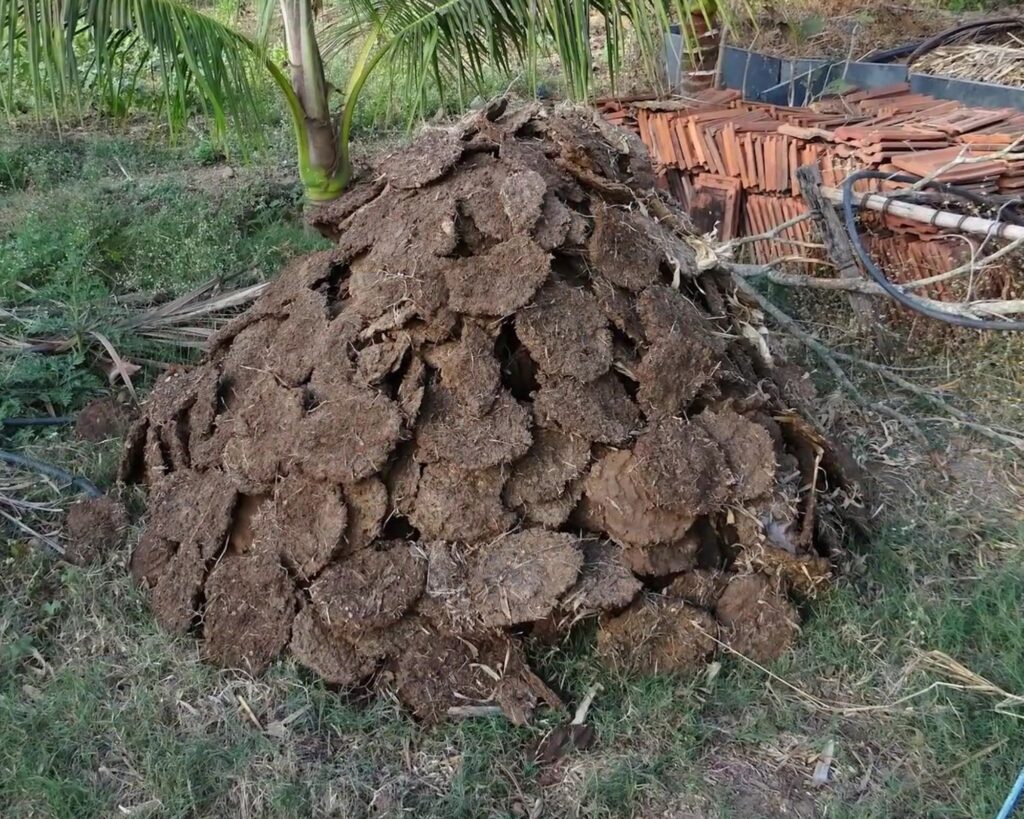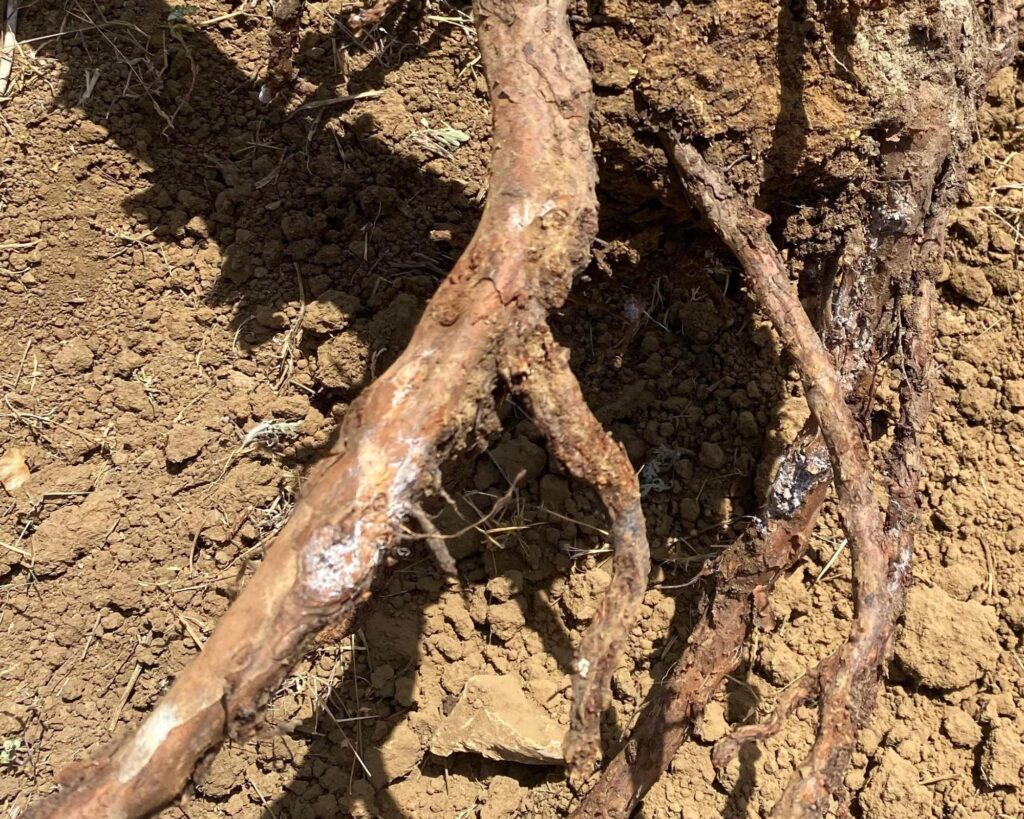Ever dreamed of growing tropical fruit in your own backyard but thought space was a problem? Picture this: a ripe, fragrant guava plucked from your container garden, no sprawling yard required.
Growing guavas in pots not only saves space, but it also brings the joy of fresh, homegrown fruit right to your doorstep.
The process is easier than you think, and with a few essential tips on pots, soil, and care, you’ll be on your way to a bountiful guava harvest – perfect for gardeners of any skill level.
Selecting Guava Varieties
Choosing the right guava variety is crucial for successful container growing. Consider the climate compatibility and desired fruit characteristics when making your selection.
Climate plays a pivotal role in guava cultivation. Tropical and subtropical climates are ideal for most guava varieties. Temperatures between 65°F and 95°F (18°C to 35°C) create optimal growth conditions.
If you live in a cooler climate, consider choosing cold-tolerant varieties like the Pineapple Guava (Feijoa sellowiana) which can handle mild frost.
Research your local climate conditions before selecting a variety. Humidity levels, rainfall patterns, and seasonal changes can impact growth and fruit production.
Microclimates within your garden can also offer shelter from extreme conditions. Monitoring and adapting to changes in weather can enhance the success of your guava plants.
Fruit Characteristics
Guava varieties differ in fruit size, taste, and color. Thai White and Red Indian Guava offer sweet and vibrant flavors, ideal for fresh consumption. If you’re seeking something unique, opt for Lemon Guava, known for its tangy taste.
The texture of the fruit can range from creamy to firm, influencing its culinary use.
Consider the size and yield of the fruit when choosing a variety. Some guavas produce small, abundant fruits, while others yield larger, fewer fruits. Color variations include pink, white, and yellow flesh, adding visual appeal to your harvest.
Understanding the specific qualities of each variety ensures you select one that meets your taste preferences and
Choosing the Right Container
Selecting the ideal container for your guava plants involves considering both the material of the container and its size and drainage capabilities. These factors play a crucial role in ensuring healthy plant growth.
When picking a container for guava plants, the material impacts durability and insulation. Clay pots are breathable and suitable for warm climates, allowing roots to stay cool.
Plastic pots retain moisture better but may heat up rapidly under sunlight, a factor to note in hotter regions.
Additionally, ceramic pots offer aesthetic appeal but require careful handling due to their fragility. It’s important to choose a material that matches both your environment and your gardening habits.
Lightweight materials such as plastic are generally easier to move but may need frequent watering.
Size and Drainage
A container that provides ample space for roots is essential for guava plants. Look for pots with a diameter of at least 18 inches for young plants and larger ones as they grow.
Adequate drainage is another key consideration; containers should have sufficient holes at the bottom to prevent waterlogging.
Proper drainage ensures that excess water escapes, avoiding root rot. Including a layer of gravel or small stones at the bottom can further improve drainage.
This layer allows water to pass through without accumulating, helping maintain a healthy root system.
Prioritizing these aspects will support your guava plants’ vibrant growth.
Potting Mix and Soil Preparation
When considering growing guava plants in containers, it’s important to focus on creating an environment that supports vigorous growth. Use a growing medium that provides essential nutrients and maintains the proper pH balance.
To give your guava plant a great start, choosing the right potting mix is crucial. Aim for a blend that is well-draining yet retains sufficient moisture.
A mix of one part potting soil, one part peat moss, and one part perlite or vermiculite works well. This combination ensures good drainage, preventing root rot, while keeping enough moisture for the roots.
Regularly enhance the soil with organic matter like compost. This addition provides a slow-release source of nutrients. Use organic fertilizers like fish emulsion or worm castings every 4-6 weeks during the growing season.
Mixing in slow-release granular fertilizer can also be beneficial. The goal is to create a nutrient-rich environment that encourages healthy and robust growth for your guava plant.
pH and Soil Amendments
The pH level of your soil is another critical factor. Guava plants prefer a slightly acidic to neutral pH range of 5.5 to 7.0. Regularly test your soil’s pH and adjust accordingly.
If the pH is too high (alkaline), you can lower it by adding organic substances like pine needles or elemental sulfur.
Amendments like garden lime can raise pH levels when the soil is too acidic. Follow the package instructions carefully to avoid over-application. Maintaining the right pH level is essential for nutrient absorption and overall plant health.
A mix of organic matter also helps balance soil structure. This improves nutrient availability and root penetration, leading to healthier growth.
Transplanting Seedlings
Growing guava plants in containers is a delightful way to enjoy fresh fruit right from your home. You’ll need to pay attention to proper transplanting, consistent watering, and regular pruning to ensure thriving growth.
Choose a container with good drainage and a size suitable for the plant’s growth. A 12- to 18-inch-wide pot works best. Fill it with well-draining potting soil, enriched with organic matter like compost or peat moss.
When you transplant, handle the seedlings gently to avoid disturbing the roots. Create a hole in the soil deep enough for the root ball, positioning the seedling upright before covering it with soil. Press the soil firmly around the base to secure it in place.
Once transplanted, place the pot in a location with sunlight for at least 6 hours daily. Initially, keep the soil slightly moist to help the seedlings establish.
Watering and Feeding
Water your guava plant consistently, ensuring the soil remains evenly moist without becoming waterlogged. Dry periods stress the plant, while overwatering may lead to root rot. Check soil moisture regularly, especially on hot days.
Feed your guava plant with a balanced fertilizer every 4-6 weeks during the growing season. An NPK ratio like 10-10-10 is ideal. For organic options, consider using a liquid seaweed extract or well-balanced compost tea.
When feeding, follow manufacturer instructions to avoid over-fertilization, which can harm the plant. Adjust nutritional needs based on the plant’s health and growth rate.
Pruning and Support
Prune young guava plants to encourage strong structure and remove any weak or crossing branches. Regular trimming promotes better air circulation and exposure to sunlight, which is crucial for healthy fruit production.
Aim for an open center to allow light to penetrate all areas. Prune during late winter or early spring when the plant is less active. Use sharp, clean tools to make clean cuts and prevent disease.
For support, consider staking your guava plant in its early stages. This ensures stability as it grows and develops fruit. Ensure any ties or materials used are gentle on the plant to avoid damage. Regular checks prevent the plant from leaning or toppling as it matures.
Common Pests
Keeping your guava plants healthy in containers involves managing common pests and preventing diseases. This section provides practical advice and solutions for these issues.
Guava plants commonly attract pests like aphids, whiteflies, and scale insects. These can cause leaf curl and weaken your plants. Neem oil is a natural solution to combat these pests.
You might also encounter fruit flies, especially when the fruit ripens. Control fruit flies with yellow sticky traps or a homemade apple cider vinegar trap.
Regularly inspect your plants to catch infestations early. A simple practice like spraying the leaves with a strong stream of water can dislodge pests effectively. Rotating these methods ensures healthier plants and can save you from more significant problems.
Disease Prevention
Guava plants may face diseases like anthracnose and root rot. Anthracnose shows up as dark, sunken spots on leaves, often due to overwatering or poor air circulation. Ensure your containers have good drainage and space is enough between plants.
Root rot can be a silent killer. Prevent it by avoiding overwatering and using well-draining soil. An organic fungicide can serve as a preventive measure against fungal diseases.
Keeping your plants and containers clean reduces disease risks. Remove any dead leaves or debris regularly. This keeps the environment healthy and limits fungal growth. Be proactive in your practices to enjoy a thriving guava plant.
Growing guava plants in containers opens the door to enjoying fresh, homegrown fruit, even in limited spaces. With the right care and attention to detail, you can nurture healthy plants that thrive and produce delicious guavas.
From selecting the right container and potting mix to regular pruning and pest management, every step contributes to a fruitful harvest.
Whether you’re new to container gardening or a seasoned pro, this rewarding process can transform your patio or balcony into a tropical oasis, providing both beauty and bountiful produce year after year.
